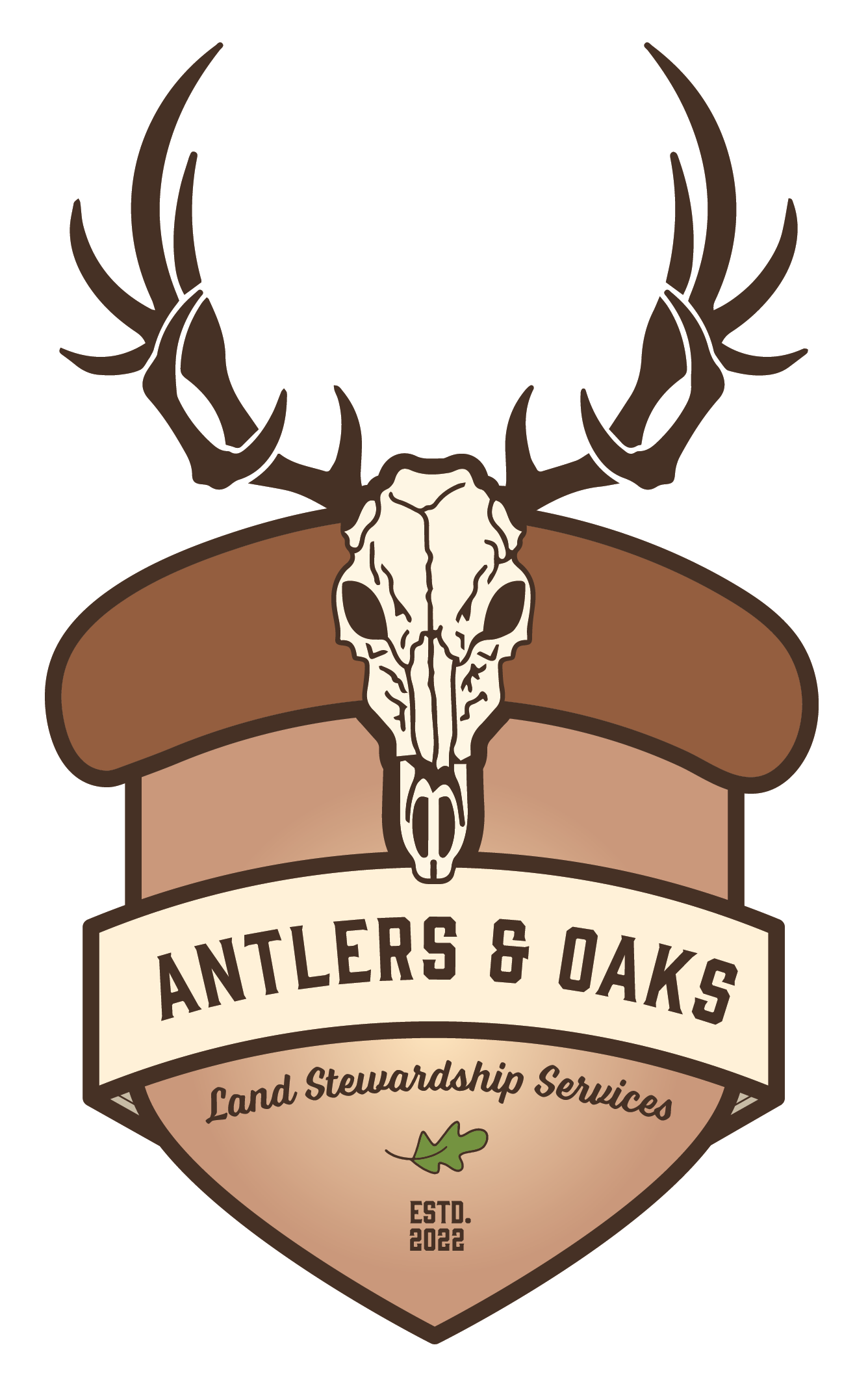Eastern Wild Turkey Diet: Managing Vegetation for Protein-packed Insects
Besides being a ground-nesting bird where a clutch of eggs is vulnerable to predators, cold rain, or untimely ground fires, the wild turkey chicks that do hatch and become poults continue to depend on a critical protein-based diet of insects. Being a conservation-minded steward of the land that provides habitat for these beautifully feathered game birds, it is important to manage vegetation in a manner that produces a plethora of insects throughout the growing seasons. Some of the top insects in an eastern wild turkey diet are:
● Grasshoppers: These are large, jumping insects that have long hind legs and antennae. They are found in grasslands, fields, and meadows, and feed on plants. They are a good source of protein and fat for turkeys, especially in the summer and fall.
● Beetles: These are insects that have hard wing covers and chewing mouthparts. They are the most diverse group of insects, with over 400,000 species. They can be found in almost every habitat, and feed on various things, such as plants, fungi, carrion, dung, and other insects. They are also nutritious food for turkeys, especially in the spring and summer.
● Ants: These are social insects that live in colonies and have a caste system. They have elbowed antennae and a narrow waist between the thorax and abdomen. They can be found in various habitats, such as forests, fields, gardens, and houses. They feed on different things, such as seeds, nectar, honeydew, insects, and fungi. They are common prey for turkeys, especially in the spring and summer.
● Spiders: These are arachnids that have eight legs and two body segments. They have spinnerets that produce silk for making webs or cocoons. They are found in almost every habitat, such as trees, bushes, grasses, rocks, caves, and buildings. They are a favorite food for turkeys, especially in the spring and summer.
These are some of the top insects in an eastern wild turkey diet. Insects provide turkeys with essential nutrients, such as protein, fat, calcium, phosphorus, iron, and vitamins. Insects also help turkeys digest plant matter by breaking down cellulose in their crops. Turkeys usually forage for insects by scratching the ground or pecking at low vegetation. Antlers & Oaks can provide you with an assessment of your property to provide this critical element of wild turkey habitat. I look forward to hearing from you and seeing what opportunities to provide habitat for the wild turkey population in your area.

